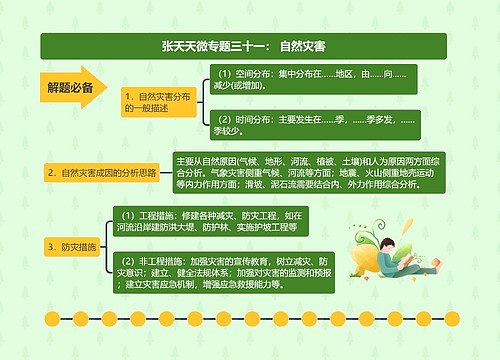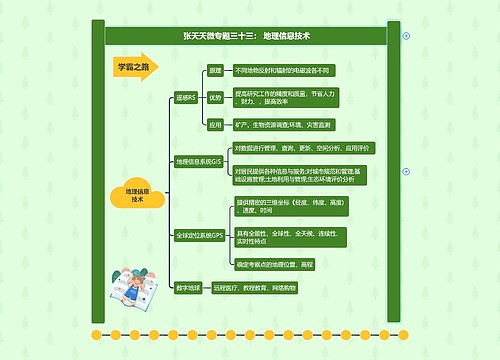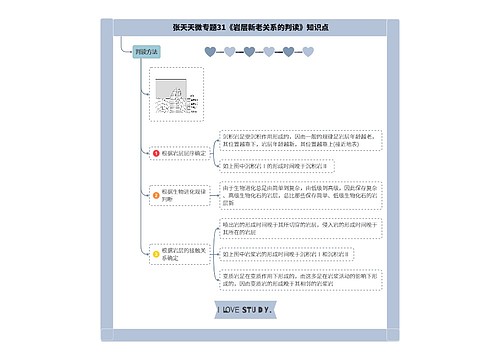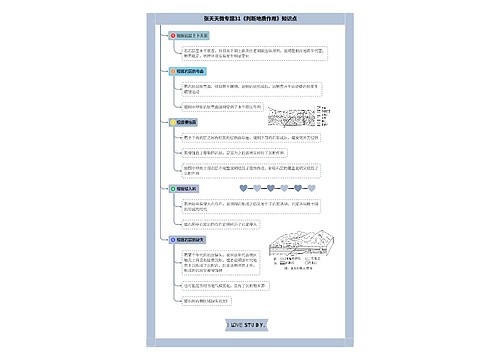Advances in molecularly imprinted polymers-based electrochemical sensors for the detection of gonadal steroid hormones 思维导图

基于分子印迹聚合物的电化学传感器检测性腺类固醇激素的研究进展内容介绍
树图思维导图提供 Advances in molecularly imprinted polymers-based electrochemical sensors for the detection of gonadal steroid hormones 在线思维导图免费制作,点击“编辑”按钮,可对 Advances in molecularly imprinted polymers-based electrochemical sensors for the detection of gonadal steroid hormones 进行在线思维导图编辑,本思维导图属于思维导图模板主题,文件编号是:84d996ae21e15d8acffa8135e7b7c98c
思维导图大纲
Advances in molecularly imprinted polymers-based electrochemical sensors for the detection of gonadal steroid hormones 思维导图模板大纲
abstract、Keywords:
Molecular imprinting Polymers Electrochemical sensors Gonads Steroid hormones
Introduction
Steroid hormones
a class of biologically active lipophilic compounds with a low molecular weight that can modulate the physiological processes of humans or animals such as sexual characteristics, metabolism, and mood control. Steroid hormones are secreted by steroid glands such as the sex organs, adrenal cortex, and placenta.
Gonadal steroid hormones (GSH)
Gonadal steroid hormones (GSH) are a class of steroid hormones,mainly derived from the physiological synthesis (natural) and artificial synthesis (non-natural) in humans/animals. Since the 1990s, with the yearly increase in population and animal huandry, the overuse of synthetic oral con traceptives and contemporaneous estrus drugs has eventually led to an annual increase in GSH released into the environment
present methods of detecting GSH
Since the 1950s to the present, several major methods for the analysis of GSH levels have been reported, such as bioassays , im munoassays , high-performance liquid chromatography (HPLC),gas chromatography-mass spectrometry (GC-MS) , liquid chromatography-mass spectrometry (LC-MS), capillary elec trophoresis, and spectrophotometric methods , etc .
The integration of electrochemical sensing and molecular imprinting technology
molecularly imprinted electro chemical sensors (MIECS) obtained by combining MIPs with electro chemical sensors has the advantages of good linear range, low relative,standard deviation (RSD), low limit of detection (LOD), and specific recognition of target substances.
Molecular imprinting polymers (MIPs)
Concept of MIPs
MIPs, a highly bionic polymer called "artificial antibodies", have attracted the attention of researchers in the field of hormone determi nation due to their unique and deliberate selectivity and ease of prep aration of portable devices.
Selection of MIPs components
In recent years, researchers have increasingly used software calculation methods when selecting the optimal chemical configuration for the preparation of MIPs
Polymerization methods of MIPs
there are generally two methods for the preparation of MIPs, chemical polymerization and electropolymerization.
The role of MIPs in electrochemical sensing and biosensing
MIPs were applied in the area of biosensors, including MIECS, molecularly imprinted electrochemiluminescence sensors, fluo rescence sensors , quantum weak measurement sensors, surface plasmon resonance sensors , surface-enhanced Raman scattering sensors , and quartz crystal microbalance sensors
MIPs combined with electrochemical sensor technology to prepare MIECS
Voltammetry detection based on MIPs
Voltammetry, an electroanalytical technique commonly used in electrochemical sensors for MIPs, is based on operating at a controlled variable potential, with the current varying as a function of the change in potential.
Amperometric detection based on MIPs
Amperometry allows the detection of the analyte by measuring the current at a constant potential, correlating the measured current with the analyte concentration
EIS detection based on MIPs
EIS can be used to analyze materials’ intrinsic properties and study the specific processes of re sistivity or dielectric constant of electrochemical systems
Potentiometric detection based on MIPs
In potentiometry, the change in potential determined underflow or batch conditions is utilized to quantify the number of ions in a solution.
MIECS in various matrices
Application of MIECS in GSH detection
Natural GSH
Estradiol (E2)
Wen T. et al. developed a novel electrochemical sensor combining MIPs with nanopore technology for sensitive and highly selective detection of 17β-E2 . The performance of the nanowell-based MIECS was investigated by the detection of 17β-E2 in spiked food samples.
Estriol (E3)
X. Xin et al. reported a highly sensitive and selective electrochemical sensor for detecting E3 based on novel MIPs
Estrone (E1)
Song H et al. reported an electrochemical sensor using MIPs modified with carbon paste electrodes (CPE) for the determination of estrone 3- sulfate sodium salt (ESS) with high sensitivity and selectivity.
Testosterone (T)
E. Kellens et al. proposed a facile method for combining microfluidic systems with in situ photopolymerization on functionalized diamond substrates [
Progesterone (PG)
Anila Rose Cherian et al. proposed an electrochemical method for detecting PG using DPV by forming a composite film with 3-thiophene acetic acid (3-TAA) and combining molecular imprinting technology
Synthetic GSH
Ethinyl estradiol (EE2)
Anderson M. Santos et al. developed a method for the detection of EE2 using functionalized graphene (FG), graphene quantum dots (GQD), and magnetic nanoparticles coated with MIPs on screen-printed electrodes (SPEs) modified to obtain mag@MIPs .
Levonorgestrel (LNG)
No report on the detection of LNG based on MIECS has been found. A review of the relevant literature only revealed a report of an MIPs-based solid-phase extraction method for extracting this emergency contraceptive LNG from water samples. Xiaoling Qi et al. developed a broad selective MIPs solid phase extraction (MISPE) for LNG in water samples.
Comparison of methods for detecting GSH
Conclusion and outlook
Currently, the preparation of MIECS has been reported, and most of the research has focused on the use of single or composite nanomaterials. As the nanomaterials can increase the conductive surface area of the electrode, substantially increasing the sensitivity of the sensor, the future development of sensors and nanomaterials designed to be applied to the MIECS are one of the main innovations and focuses of study. Therefore, developing naval methods for polymerizing MIPs the problem and innovative point in the current MIPs. In conclusion, numerous GSH do not possess MIECS as a means of content analysis. Consequently, this sensor holds great promise for the rapid and real-time analysis of GSH.
相关思维导图模板


树图思维导图提供 第1章 化工设计基本知识 在线思维导图免费制作,点击“编辑”按钮,可对 第1章 化工设计基本知识 进行在线思维导图编辑,本思维导图属于思维导图模板主题,文件编号是:70ec0519ed26419068a32a511862aadd


树图思维导图提供 PUVpolymer 在线思维导图免费制作,点击“编辑”按钮,可对 PUVpolymer 进行在线思维导图编辑,本思维导图属于思维导图模板主题,文件编号是:545a7b5a135ea107f43c66fc4b0518cd

















 上海工商
上海工商